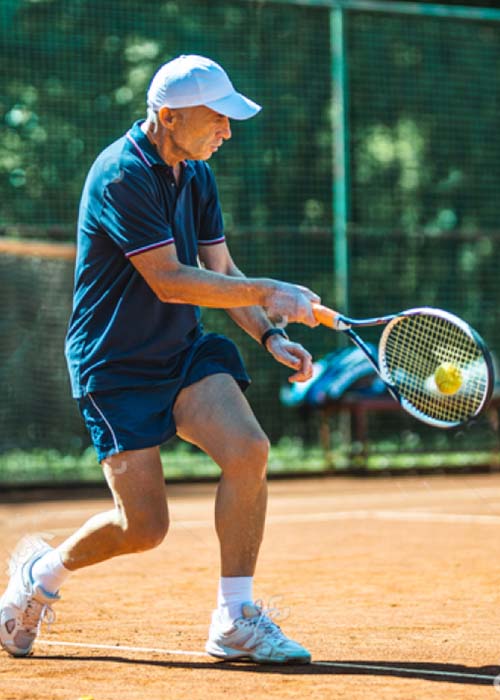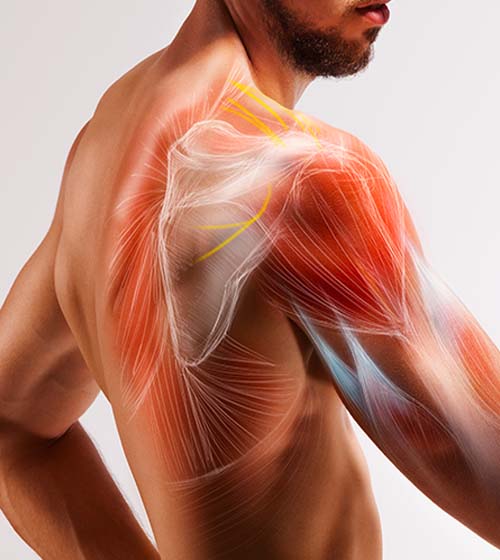Case Report: Tennis Player

“About six years ago, I was told I needed a shoulder replacement. I had played tennis several days a week for 35-plus years and prior to that had spent many years pitching baseball. In short, I had worn out my left shoulder and had several things wrong with my right shoulder as well. On a scale of one to ten, where ten is the worst, the pain in my left shoulder was almost constantly a nine with any use, and my range of motion was reduced to about only 10 to 20 percent of normal. So I put myself on the waiting list to have the replacement surgery. In the meantime, I decided to try Prolotherapy.”
“After five PRP Prolotherapy treatments on my left shoulder, spread out over eight months, I was pretty much pain free, with my range of motion back to 98 percent. Since then, I have continued to improve. I have gone back to playing tennis and am enjoying the game more than I did before. It has now been over four years since my last PRP Prolotherapy treatment, and I am still pain free and doing well!
I am grateful for Prolotherapy. It allowed me to play tennis again and avoid shoulder replacement surgery. That is remarkable, especially given the severity of my injury and long-term damage to my shoulder.”
Name withheld for reasons of privacy.
